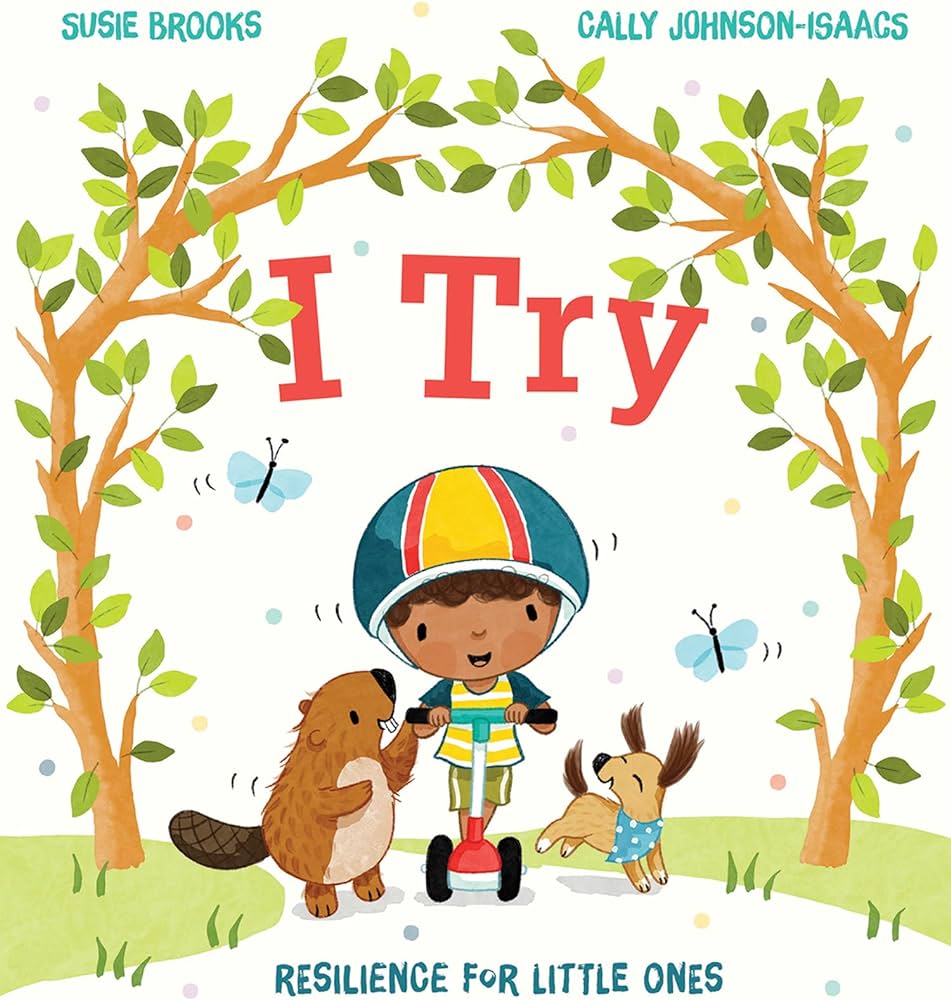To build resilience in kids, the most critical factor is having at least one stable and supportive relationship with a parent, caregiver, or another adult. This relationship offers personalized responsiveness and protection, buffering children from developmental disruption.
Resilience in children can be fostered by maintaining positive relationships, emotional support, stress management, self-esteem building, and positive thinking. Encouraging children to help others, maintaining routines, promoting self-care and goal setting, and nurturing a positive self-view are essential in strengthening their resilience.
Building resilience in kids is about helping them cope with challenges and skillfully managing stress, aiming to instill confidence in their ability to handle difficulties. By fostering warm connections, practicing coping skills, and promoting healthy thinking patterns, resilience can be effectively nurtured in children.
Table of Contents
ToggleImportance Of Building Resilience
Building resilience in kids is crucial in helping them navigate through life’s challenges and develop into well-adjusted individuals. Resilience enables children to adapt to adversity, stress, and trauma, and it empowers them to bounce back from setbacks and thrive in various situations.
Stable Parental Relationships
Research has shown that one stable and committed relationship with a supportive parent, caregiver, or adult can significantly contribute to a child’s resilience. These relationships offer personalized responsiveness, scaffolding, and protection, which act as buffers, shielding children from potential developmental disruption.
Developmental Protection
Important for building resilience is providing children with developmental protection, such as promoting a nurturing and structured environment that fosters their emotional and cognitive growth. This protection helps children develop key capacities, such as planning, monitoring, and regulating behavior, which are essential for adapting to adversities and thriving.
Techniques For Building Resilience
Building resilience in kids is essential for their mental and emotional well-being. As parents and caregivers, we play a crucial role in helping our children develop the skills they need to bounce back from challenges and setbacks. Teaching them techniques for building resilience empowers them to navigate life’s ups and downs with strength and optimism.
Positive Thinking
Encouraging positive thinking in children cultivates a mindset of optimism and hope. It enables them to see the bright side of situations and find solutions rather than dwelling on setbacks. Teaching kids to reframe their thoughts positively boosts their confidence and resilience.
Self-care
Self-care is vital for nurturing resilience in kids. Helping them develop healthy habits such as getting enough sleep, eating nutritious meals, and engaging in physical activities empowers them to manage stress and build emotional strength. Teaching children the importance of self-care equips them with the tools to overcome adversity.
Setting Goals
Setting realistic goals empowers children to focus on the future and work towards achieving their dreams. It provides them with a sense of purpose and direction, fostering resilience in the face of challenges. Guiding kids to set and pursue their goals instills perseverance and determination.
Expert Advice On Building Resilience
Building resilience in children is crucial for their overall well-being and success in life. Resilience helps children navigate through challenges, bounce back from setbacks, and adapt to adversity. As a parent or caregiver, you play a pivotal role in fostering resilience in your child. To provide you with expert advice on building resilience, we have highlighted three essential strategies: making connections, teaching self-care, and maintaining a daily routine.
Making Connections
One of the key factors in building resilience is establishing meaningful connections with your child. Research shows that children who have stable and supportive relationships with parents, caregivers, or other adults tend to develop resilience. These relationships provide personalized responsiveness, scaffolding, and protection that buffer children from developmental disruption. By creating a strong bond with your child, you provide them with a secure base to explore the world from and a haven to return to when they face challenges.
Teaching Self-care
Teaching your child the importance of self-care is crucial for building resilience. Encourage your child to prioritize their well-being by practicing healthy habits such as getting enough sleep, eating nutritious meals, and engaging in regular physical activity. Additionally, teach them effective stress management strategies, like deep breathing exercises or engaging in relaxing activities. By promoting self-care, you empower your child to take care of their mental and physical health, which enhances their ability to handle adversity.
Maintaining A Daily Routine
Maintaining a consistent daily routine provides stability and structure, which are vital for building resilience in children. Establish a predictable schedule that includes time for schoolwork, hobbies, physical exercise, family activities, and relaxation. Having a routine helps children develop a sense of control, manage their time effectively, and cope with unexpected changes. It provides them with a sense of security and familiarity, allowing them to navigate through challenges more smoothly.
Building Resilience In Children
The key to building resilience in children lies in fostering stable and supportive relationships with parents, caregivers, or other adults. These relationships provide personalized support and guidance that shield children from disruptions in their development.
Learn Through Experience
Children learn resilience through experience. When they solve problems independently, it boosts their confidence in handling challenges.
Confidence Building
Building resilience involves enhancing self-acceptance, managing stress effectively, and improving self-esteem.
Tips And Activities
- Encourage your child to help others, fostering a sense of connection and empathy.
- Maintain a daily routine to provide structure and stability.
- Teach self-care practices to promote well-being.
- Set achievable goals and support your child in working towards them.
Resilience in children is nurtured through a combination of support, positive reinforcement, and practical strategies that empower them to overcome adversity.
Building Resilience In Kids: A Brain Perspective
Resilience in children stems from stable relationships with caring adults, who offer support and protection.
Influence On The Brain
Resilience shapes the brain, enhancing key skills like planning, monitoring, and behavior regulation.
Ability For Change
Children’s resilience can be nurtured and strengthened through experiences that promote adaptability and perseverance.

Credit: m.facebook.com

Credit: www.heysigmund.com
Frequently Asked Questions Of Building Resilience In Kids
What Are The 7 C’s Of Resilience For Children?
The 7 C’s of resilience for children are: 1) Caring relationships, 2) Competence, 3) Confidence, 4) Character, 5) Contribution, 6) Coping skills, and 7) Control. These factors help children develop the ability to bounce back from challenges and adapt to adversity.
What Is The Number One Key To Building Resilience In Children?
The most important factor in building resilience in children is having at least one stable and supportive relationship with a parent, caregiver, or adult. These relationships provide personalized responsiveness and protection, helping children develop the capacity to respond adaptively to adversity.
What Are 5 Ways Of Building Resilience?
Here are 5 ways to build resilience: – Cultivate positive thinking – Take care of yourself – Utilize support networks – Set and pursue goals – Seek help when needed
What Are The 3 Ways To Build Emotional Resilience?
To build emotional resilience, focus on these three key ways: 1. Cultivate self-acceptance and improve stress management strategies. 2. Build self-esteem by nurturing positive self-view and setting goals. 3. Foster connections and seek help from your support network.
Conclusion
Building resilience in kids is crucial for their overall well-being and success. The key to building resilience lies in nurturing stable and supportive relationships with parents, caregivers, or other adults. These relationships provide the necessary support and protection that help children navigate through difficult times.
Additionally, teaching children self-care, stress management and goal-setting strategies empower them to handle challenges effectively. By helping children develop emotional resilience, we equip them with the skills they need to thrive in the face of adversity. Let’s work together to foster resilience in our kids and prepare them for a resilient future.

Mother of Two children. I’m a former teacher with a background in child development and a passion for Good parenting. I understand child development and know how to develop activities to help children learn and grow. Spare time, I enjoy spending time with my family, reading, and volunteering in my community. Read More








